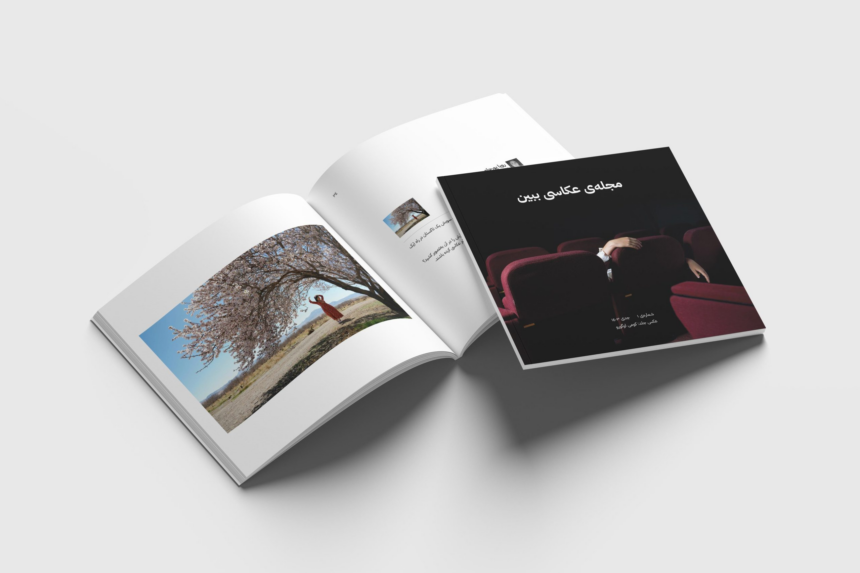RASC News Agency: In a bold move to reclaim cultural space amid escalating restrictions, a group of Afghanistani photographers has launched Bebin, a new magazine dedicated to the interpretation and promotion of contemporary photography. The initiative seeks to address the chronic absence of critical discourse and scholarly engagement with visual arts in Afghanistan. Speaking to the press on Thursday, May 1, Bebin’s editor-in-chief, Mohib Ali, emphasized the urgent need for such a platform. “There is a profound scarcity of analytical and critical content related to photography in Afghanistan’s publishing landscape. Bebin was created to bridge this gap and provide a space for reflective engagement with photographic practice,” he stated.
Having recently commenced publication, Bebin has released its first two issues in both Persian and English. Each quarterly issue features 20 photographs by Afghanistani and international photographers, selected through a public call for submissions. These images are published in both print and digital formats, accompanied by commentary and critique. One of the magazine’s defining features is the inclusion of guest writers scholars and thinkers from diverse fields such as philosophy, literature, and the visual arts who contribute interpretive essays exploring the themes and aesthetic choices within the featured photographs. This interdisciplinary approach sets Bebin apart as a unique platform for the convergence of image and intellect.
In response to interest from international readers, the magazine is also printed and distributed in Europe, allowing members of the Afghanistani diaspora and global art community to engage with the work. All editorial staff and contributors are volunteers, driven by a shared commitment to elevate conceptual and artistic photography and promote a more sophisticated visual literacy within and beyond Afghanistan. The magazine’s emergence comes at a time of severe cultural repression under Taliban rule. Since regaining power, the Taliban have imposed draconian restrictions on artistic expression, including a ban on photographing living beings, citing religious justifications. As a result, the visual arts have been systematically stifled, and many artists have faced threats, censorship, or exile.
Within this context, Bebin stands as both a cultural milestone and a quiet act of resistance. By fostering visual dialogue and intellectual critique, it challenges the imposed silence and asserts the right to artistic expression. It is not merely a publication, but a testament to the resilience of creative thought in the face of authoritarianism.






